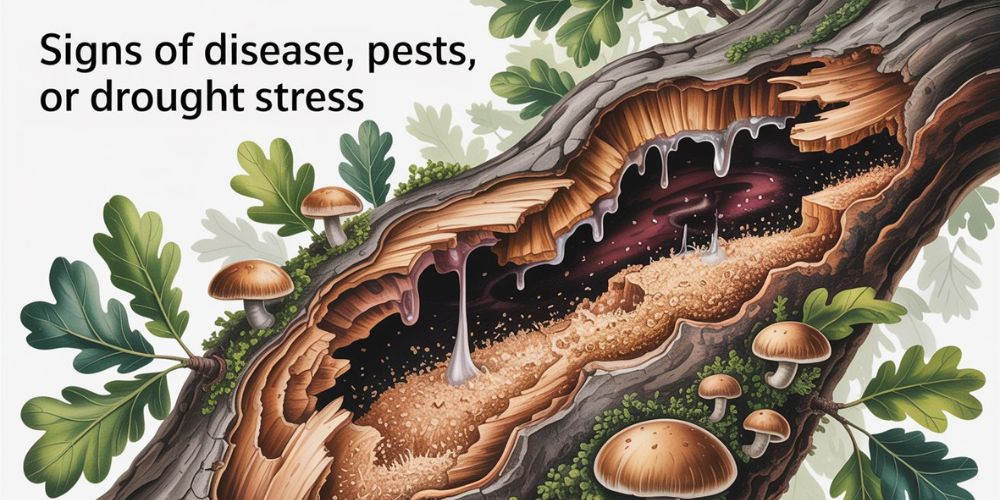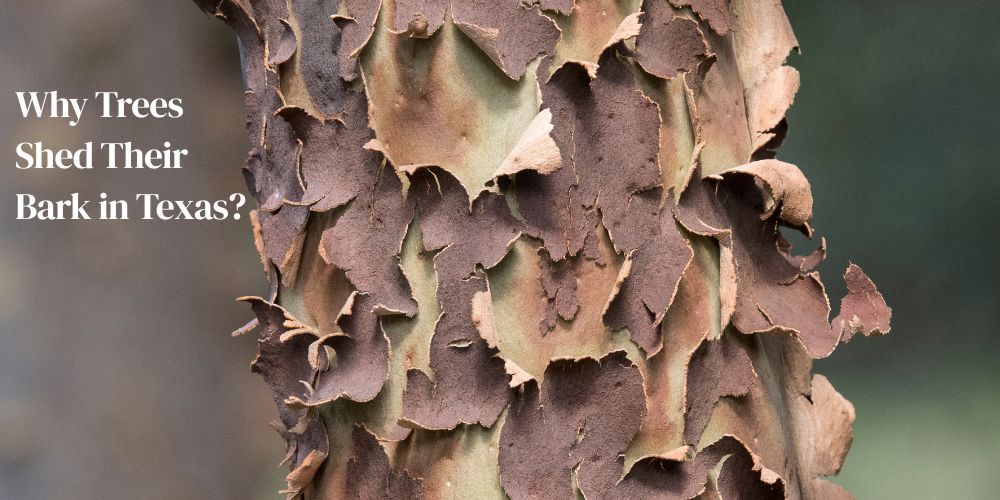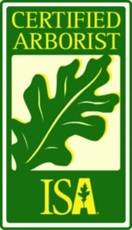Think of bark as the skin of a tree. As trees grow, that outer layer can crack, stretch, and flake away. In South-Central Texas, our warm days, sudden cold snaps, and long dry spells speed up this natural turnover.
When you notice tree shedding bark in your yard, it does not always mean trouble. It can be as normal as a child outgrowing old shoes. Yet sometimes bark falling off tree trunks points to bigger tree bark issues that need quick help.
Natural vs. Abnormal Causes
There are mainly two possible scenarios where trees may shed their bark in Texas:
When Bark Shedding Is Normal
The trunk expands with every ring, and the old shell splits so new tissue can form underneath. That is why sycamores “molt” in late spring and why crape myrtles show smooth spots after flowering.
Certain oaks, elms, and Texas persimmon naturally slough off thin plates of bark year-round. In these cases, asking “is bark shedding normal?” gets a clear yes.
Additionally, dropping flakes can allow the inner wood to cool during extended periods of 100°F weather, a significant benefit in San Antonio and Boerne summers.
When Bark Loss Signals Stress
Here are some unnatural reasons a tree may shed its bark:
- Freeze damage: The 2021 deep freeze caused rapid thawing and refreezing that left strips of tree bark peeling off live oaks and ash.
- Drought: Stage 3 of watering restrictions over an extended period of time weakens the roots. When the moisture is insufficient the cambium becomes dried up and the bark starts to fall.
- Mechanical injury: String-trimmers, storm debris, or construction bumpers scrape away protective layers.
- Pathogens and insects: Cankers, borers, and fungal mats will push the bark outward as they grow. These are serious tree bark diseases Texas homeowners should watch for.
Common Texas Trees That Shed Bark
| Tree | Bark Appearance | Typical Shedding Season |
| American sycamore | Large cream and olive patches | Spring–summer |
| Crape myrtle | Thin papery curls, mottled pastels | Mid-summer |
| Lacebark elm | Puzzle-piece plates, gray-green | Late winter |
| Cedar elm | Small scaly chips | Year-round |
| Arizona ash | Coarse ridges that drop in strips | Mid-summer drought |
| Texas persimmon | Smooth charcoal panels flaking to white | Early summer |
The presence of such plates on the lawn is not always an alarm signal, but certain out-of-season bark losses can be a sign that the tree is under attack.
Signs of Disease, Pests, or Drought Stress

Early detection matters. Here are signs of unhealthy tree bark:
- Sour-smelling, dark ooze often points to bacterial wetwood.
- Mushroom-shaped conks at the trunk base usually signal internal rot.
- Powdery frass (insect sawdust) gathering in bark cracks means borers are active.
- Bark peeling off more than 25 % of the circumference – exposed sapwood dries fast.
- Green leaves wilting while still attached – root stress showing up top first.
- Spreading gray patches dotted with black – classic Hypoxylon canker, one of the toughest tree bark diseases Texas landscapes face.
If two or more symptoms show, the answer to “why do trees lose their bark?” is likely stress, not normal growth.
What to Do and When to Call an Arborist
A competent worker can sample tissue, add moisture and draw the treatment program. Trying to seal wounds with paint often traps moisture and speeds decay. Here’s when to do what:
- Inspect monthly. Walk around each trunk and look for fresh cracks or insects. A simple tree health inspection can catch issues early.
- Water deeply. Give mature shade trees ten gallons per inch of trunk diameter during dry spells.
- Mulch but do not bury. Keep three inches of wood chips over the root zone and six inches away from the bark.
- Prune correctly. Remove dead limbs with a clean cut outside the branch collar.
- Call a certified arborist San Antonio trusts. If the bark loss spreads fast, or you spot conks, frass, or deep cracks. Also consider calling when the tree leans or large limbs die back or if more than one species shows the same trouble.
Costs of Waiting Too Long
Having neglected significant portions of tree bark peeling off, it can become a manageable repair, and turn into removal costs that begin at a minimum of $1,500 on a medium oak in San Antonio. Assuming that you add stump grinding and debris haul-off, the total cost will increase almost by two times.
More to the point, a sick tree close to the house may collapse during a summer thunderstorm and destroy roofs, automobiles, or fences. It is much cheaper to call an arborist San Antonio homeowners can count on, and have them arrive earlier rather than wait until the middle of the night to spend many times more money calling and getting an emergency removal team. Small cracks today are cheaper than cranes tomorrow.
Healthy bark protects shade, raises curb appeal, and adds property value.
Local Climate Factors in San Antonio & Boerne
July afternoons often push the heat index above 105°F, drying the cambium and widening bark seams. Heavy rain can follow, swelling fibers overnight. This wet-to-dry swing is hard on live oaks and pecans growing on rocky Hill Country soil.
A blue norther can push temperatures below freezing, and a quick warm-up the next day can cause the bark to peel. During the 2021 freeze, many Arizona ash trees in Boerne lost half their bark within weeks – damage driven by climate, not insects.
Preventive Care Tips for Homeowners
Watching for signs of unhealthy tree bark and acting quickly, you can keep shedding within the healthy range and avoid expensive loss.
- Pick drought-tough species like bur oak or cedar elm.
- Check soil moisture. If a screwdriver will not push two inches deep, water.
- Use slow-release fertilizer once a year.
- Hand-trim near trunks to prevent weed-eater scars.
- Schedule a professional tree health inspection every two or three years to find problems early.
Please also read this blog: How to Tell If a Tree Is Dying (And What You Can Do About It)
Conclusion
Tree Amigos Tree Service has served San Antonio and Boerne since 2003. Our ISA-certified team offers on-site tree health inspection, disease diagnosis, and safe pruning. If tree bark issues worry you, or if bark falling off tree trunks has left bare wood, schedule a visit today.




